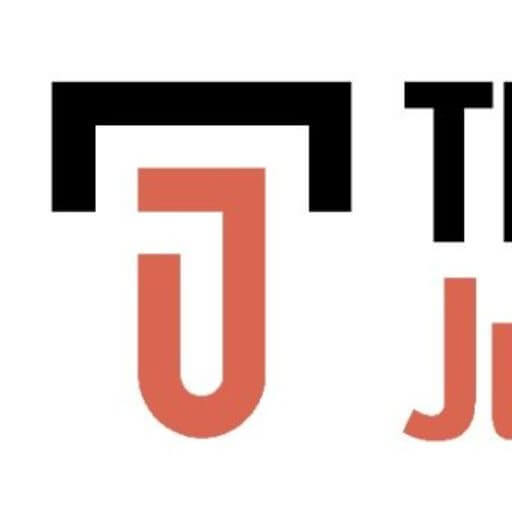In today’s world, the use of Closed-Circuit Television (CCTV) systems has become increasingly prevalent. To enhance security and reduce crime, these surveillance cameras have been installed in various public and private spaces. However, the question arises: at what cost to our human rights? This article delves into the complex relationship between CCTV systems and human rights, exploring the benefits and the potential drawbacks of their widespread implementation.
The Benefits of CCTV Systems
1. Crime Prevention and Deterrence: Research has shown that the presence of CCTV cameras can deter potential criminals, reducing the likelihood of criminal activities and vandalism in monitored areas. This can lead to increased public safety and a decline in crime rates.
2. Evidence Collection: In the event of a crime, footage can provide valuable evidence for law enforcement agencies, helping to identify suspects and bring them to justice. This can contribute to a more efficient criminal justice system.
3. Public Safety: CCTV systems can be instrumental in emergencies, such as natural disasters or terrorist attacks, by providing real-time information to authorities and facilitating a swift response.
The Potential Impact on Human Rights
1. Privacy Concerns: The widespread use of CCTV cameras raises concerns about the invasion of privacy, a fundamental human right. The constant monitoring of individuals in public spaces can create a sense of being under constant scrutiny, potentially leading to self-censorship and limiting personal freedoms.
2. Discrimination and Profiling: footage can be misused for discriminatory purposes, such as racial or gender profiling. This can lead to the targeting of specific groups based on their appearance, perpetuating stereotypes and reinforcing harmful social dynamics.
3. Misuse of Power: There is a risk that it can be misused by those in power for political or personal gain, potentially infringing on the rights of individuals and fostering a culture of surveillance and control.
Read more: What the law says on CCTV Cameras in Workplace
Striking a Balance: Regulation and Best Practices
To ensure that the benefits of CCTV systems are realized without compromising human rights, it is essential to establish clear regulations and best practices. Some possible measures include:
1. Clear Legal Frameworks: Establishing and enforcing legal frameworks that clearly define the appropriate use of CCTV systems, including restrictions on the types of locations where they can be installed, the duration of footage retention, and the conditions under which it can be accessed and shared.
2. Public Transparency: Ensuring that information about the existence and purpose of CCTV systems is publicly available so that individuals can make informed decisions about their interactions with surveillance systems.
3. Oversight and Accountability: Implementing mechanisms for oversight and accountability, such as independent review boards or ombudspersons, to monitor the use of CCTV systems and address any potential human rights abuses.
Conclusion
The use of CCTV systems in public spaces has the potential to enhance security and reduce crime, contributing to a safer society. However, it is crucial to remain vigilant about the potential impact on human rights, ensuring that privacy, dignity, and freedom are upheld. By striking a balance between security and privacy, we can work towards a future where CCTV systems serve as a tool for protecting human rights, rather than infringing upon them.
CCTV Installer
08034168632




















Leave a Reply
View Comments